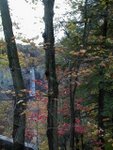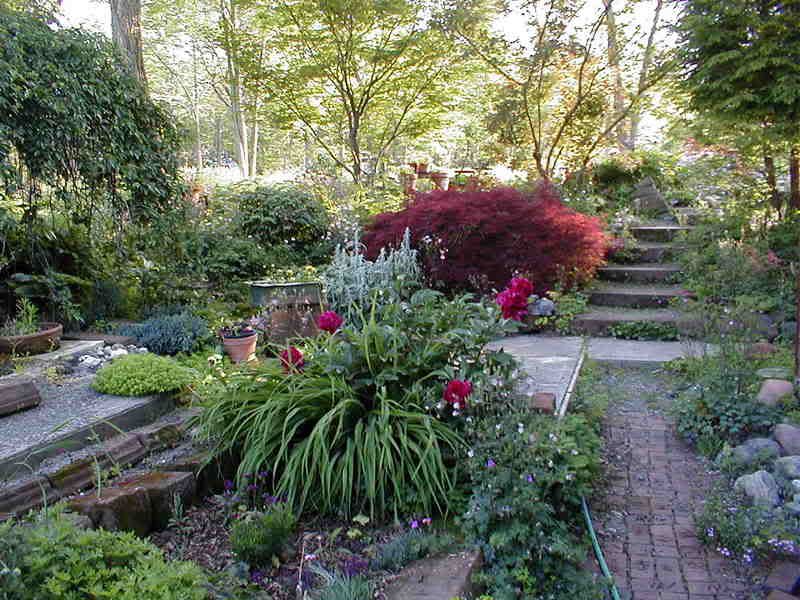
Early Spring has arrived, with alternating days of warm sunshine and wild, wet winds. Nature is giving the trees their Spring pruning, and we are poking around in the muddy grass picking up the droppings and making piles for bonfires to come. The creeks are rushing along, and distributing a new layer of silt in our siltation-cachement areas.... where the iris, watercress, cattails river Birches and sycamores are happy to soak up the new nutrition. Tom came home with 4 new weeping willows to add to the party, too.
And, the flowers and bees are back! We gained a new appreciation of the bees during our visit to Chicago, where we got to know an urban beekeeper. We are sending him a robinia-wood weeding stool to thank him for his hospitality and sharing of knowledge. And, thinking more about locust honey... while, of course, still enjoying the marvelous maple syrup produced this Spring next door at Toni and Rick's place...
The photo is downhill from Robinia Ranch, in an area that does not have the benefit of the siltation-cachement earthworks and planting. Although it is very beautiful, that is a lot of nutritious topsoil washing down into Cayuga Lake-- if it were less brown, I think it would be even prettier.


